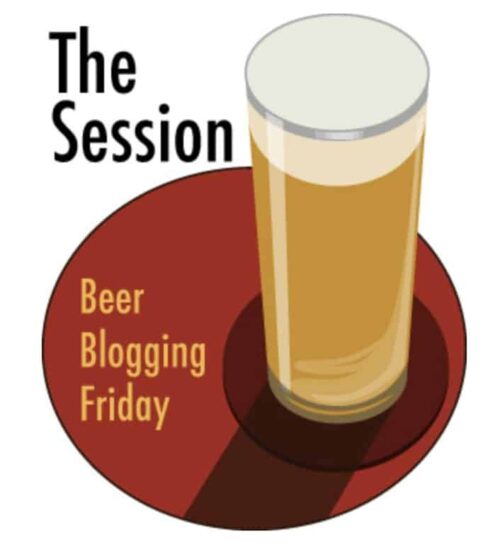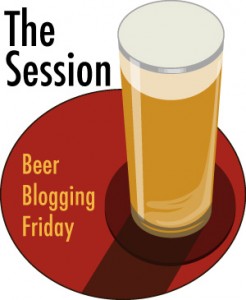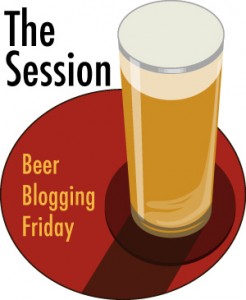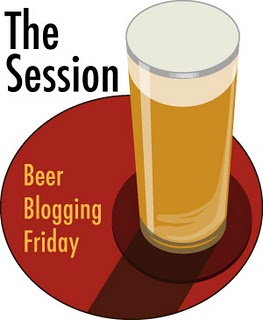
Justin’s Brew Review is the host for the July edition of The Session and he turns the focus to the India Pale Ale….
“For quite some time now, I’ve been wondering what makes the India Pale Ale (IPA) style of beer so popular. Don’t get me wrong–I thoroughly enjoy it and gladly participate in #IPADay. I’m just wondering, why all the hype? What is it about an IPA that makes craft beer enthusiasts (CBE) go wild? Is it because CBEs want to differentiate craft beer from crap beer? I don’t care if a watered-down pilsener is labeled as “triple-hops brewed”; it wouldn’t satisfy someone looking for an IPA.”
At a recent craft beer event that paired brewers with coffee roasters, I had the honor of pouring for Eagle Rock Brewery. Their special coffee tap was called Panama Pale Ale, a Panamanian coffee infused Rye IPA. Call it PPA for short.
By my standards it was not too bitter. More coffee and rye than hops and quite tasty with a lovely coffee bean aroma. And it was one of the more popular beers if the people I was pouring for were to be believed.
So, even at a coffee-centric beer event, an IPA took center stage.
I can see why amber beers were popular once upon a time when it was still called micro-brews. They appealed to a bigger percentage of our small craft beer population. They are usually not over the top in terms of ABV or IBU. They showcase malt and thus have a little more sweetness (and we know Americans like their sweets). They are certainly closer, taste-wise to the lagers that most people know than an IPA ever will be.
It is amazing how fast that the India Pale Ale has grabbed the spotlight in the world of craft beer despite what I would consider pretty major hindrances to that happening:
1. Bitterness is considered by the palate as a bad sign.
2. And even if that is not an impediment, some IPA’s still destroy seasoned hopheads palates
3. Hops (especially popular varieties) can be hard to come by and expensive.
4. The market for IPA’s is now extra crowded.
5. May require extra equipment to dry hop.
6. Really need to be drunk fresh.
7. Sometimes confusing names like Black IPA or White IPA
8. Sometimes confusing IBU levels. A DIPA from one brewery may be a regular IPA to another.
Then add to the mix all the history behind how the IPA “style” became what it is today plus account for all the tiny to large regional American differences, and the rise of the IPA is even more amazing.
And I have no idea why it took off so much except for some half-baked theories:
1. I have heard from many brewery folk that Sierra Nevada Pale Ale was a formative beer in their appreciation of craft beer. Maybe that is a root cause for the love of IPA’s.
2. IPA’s are the IBU opposite of the BMC industrial water lagers and doing the opposite of what the big 3 did is not to be underestimated as a reason.
3. America has developed a taste for different coffee’s (some quite bitter) so an appreciation of bitter IPA’s may be a side effect of that revolution.
My hope is that the brewers and drinkers don’t just lock onto mega hop bombs and search out XPA’s and dry hopped pilsners and pale ales that are actually hopped like a pale ale. Because a world with only arrogant palate wrecking bastards is only slightly better than a world with watery lagers.
Thankfully, barrel aged beers seem to be balancing out the craft beer scales amongst beer geeks, so I am not overly worried of an IPA take-over but I do wish there were more cask ales and Czech style pilsners out there and if I get a second wish, I certainly hope to see more non-IPA best sellers. I will always see Fat Tire as the New Belgium flagship. No matter how good Ranger is.



![unnamed[1]](https://beersearchparty.com/wp-content/uploads/2016/03/unnamed1.png)



